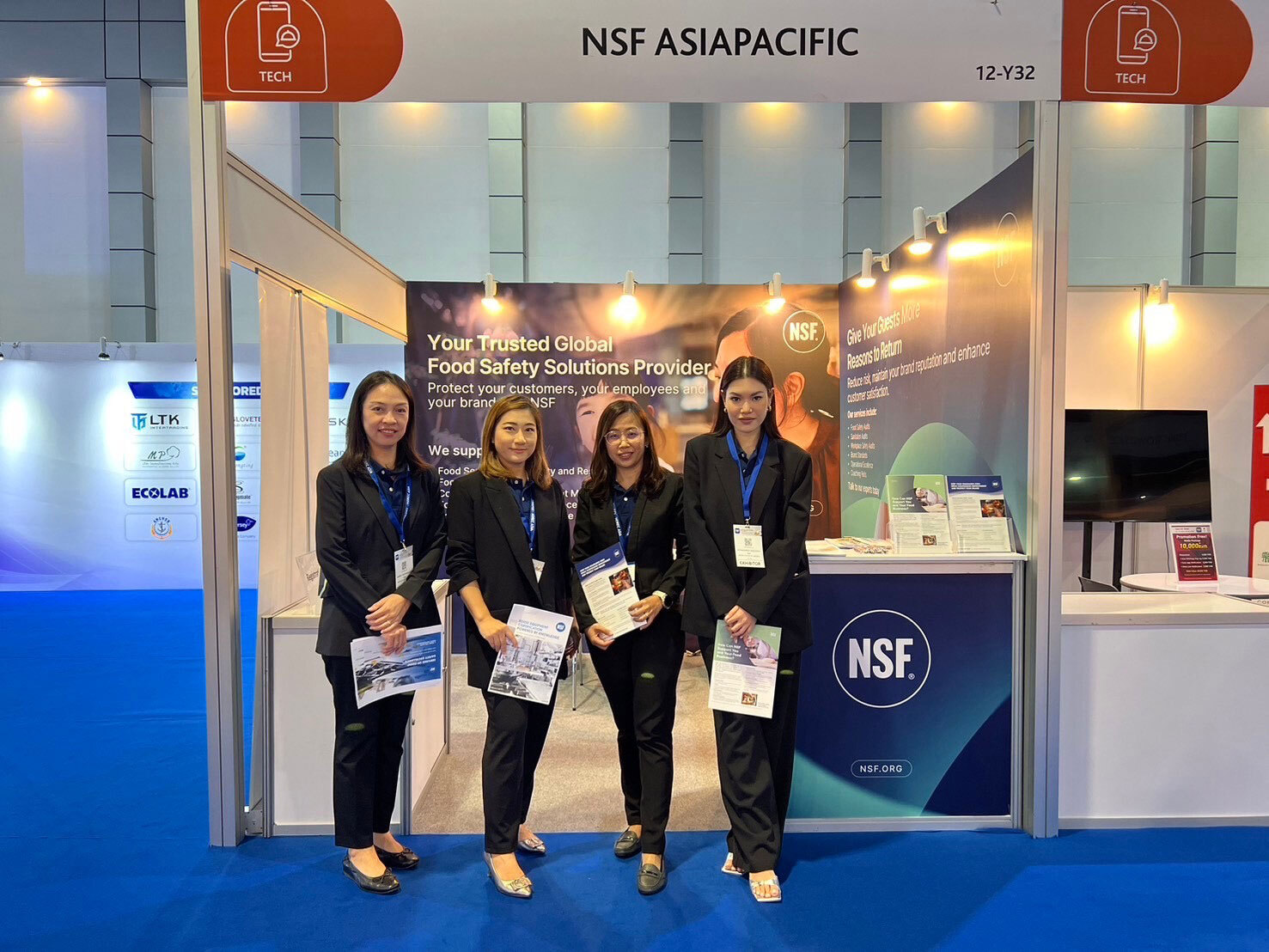Dermal Exposure and Proposition 65 Warning Obligations
For example, formaldehyde is listed as “formaldehyde (gas)” and is thus relevant to cancer risk after inhaled exposure of formaldehyde only. Other chemicals, such as beryllium and beryllium compounds or cadmium and cadmium compounds, are excluded from Proposition 65 for risk of cancer by the route of ingestion as specified in 27 CCR §25707.
For listed compounds that may be present as dislodgeable surface residues or that may migrate directly to skin after sustained contact, estimates of intake from dermal exposure are relevant. The process to conduct a dermal intake assessment varies depending on the nature of contact. Specifically, the following are some parameters to consider:
- Concentration of listed chemical in the material
- Mass per area of dislodgeable surface residues
- Migration rate of chemical from the material to biological or simulated biological fluids
- Duration of contact
- Area of contact
- Dermal absorption rate of the subject chemical
In a recent safe use determination of bisphenol A (BPA), dermal exposure resulting from the migration of BPA from polycarbonate plastic eyewear was considered. The polycarbonate eyewear was assumed to be in contact with skin for a maximum duration of 24 hours. The migration rate of BPA into artificial perspiration was evaluated at physiological temperature to determine the anticipated dermal dose in contact with an estimated 30 cm2 of skin. A worst-case evaluation was also included in the assessment after an exhaustive extraction of BPA from the polycarbonate using acetonitrile. In the end, an estimated dermal dose of 0.53 µg/day was calculated and compared to the dermal maximum allowable dose level (MADL) of 3 µg/day to allow for the conclusion of safe use.
Importantly, although intake of BPA from dermal exposure was assumed to be 100% in this case, intake is not typically calculated as the safe harbor level for BPA as specific to dermal exposure, assuming a 10% dermal absorption rate (see MADL statement of reasons). In other words, the dermal dose to the skin is calculated and not the absorbed dose. In other cases, where the safe harbor level is not specific to any route of exposure, total intake from all routes would be considered and the dermal absorption rate would be applied.
For information on how NSF can help support your product exposure assessment to comply with Proposition 65, please contact prop65@nsf.org.
Share this Article
How NSF Can Help You
Get in touch to find out how we can help you and your business thrive.

What’s New with NSF

NSF Shanghai Named Critical Site for NSF/ANSI 455 and NSF/ANSI 173 by ANSI National Accreditation Board
July 26, 2024
NSF Takes Center Stage at NEHA Annual Education Conference
July 25, 2024
NSF Asia Pacific Showcases Hospitality Solutions at THAIFEX HOREC Asia 2024 in Bangkok, Thailand
July 4, 2024